Results
-
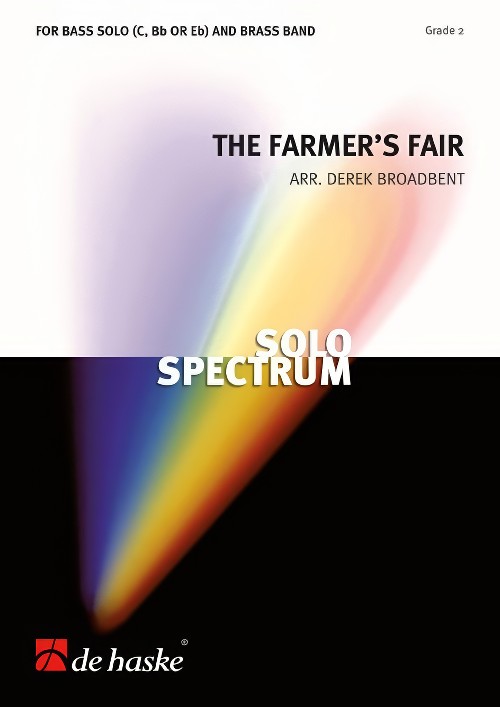 £60.99
£60.99The Farmer's Fair (Bass Solo with Brass Band - Score and Parts) - Broadbent, Derek
For Bass/Tuba Solo in Eb, Bb or C.Duration: 3:00
Estimated dispatch 7-14 working days
-
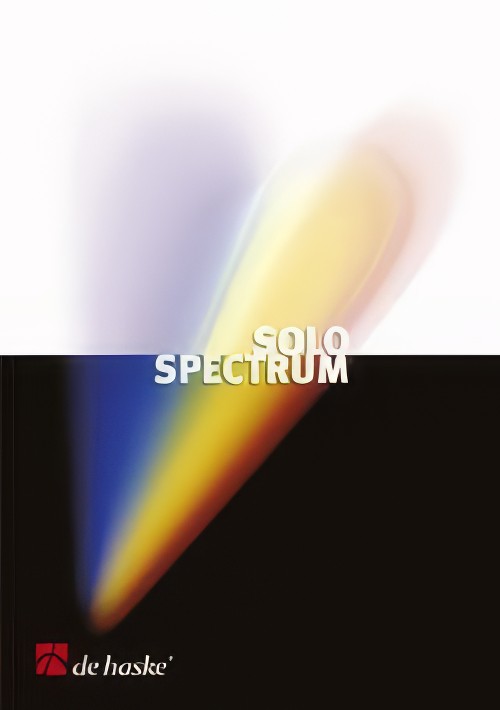 £54.99
£54.99Intermezza (Flexible Solo with Brass Band - Score and Parts) - Hempel, Jurjen
For solo instrument in C, Bb or Eb.Duration: 3:00
Estimated dispatch 7-14 working days
-
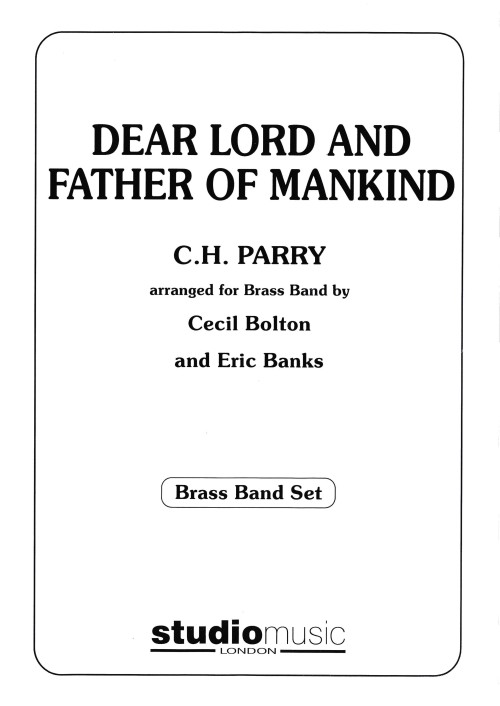 £37.95
£37.95Dear Lord and Father of Mankind (Brass Band Set) - Parry, Hubert C. - Banks & Bolton
This set comes with a condensed conductor part
Estimated dispatch 7-14 working days
-
 £32.95
£32.95ANCHOR'S AWEIGH (Brass Band) - Zimmerman, Charles A. - Newton, H. C.
Estimated dispatch 7-14 working days
-
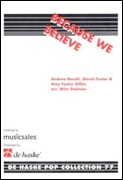 £54.99
£54.99BECAUSE WE BELIEVE (Brass Band) - Foster, David - Stalman, Wim
This song was written by David Foster, who has also penned many previous hits which have been performed and recorded by such artists as C?line Dion, Lionel Richie, Madonna and Michael Bubl?. Because We Believe owes its fame to the performance by Andrea Bocelli during the closing ceremony of the Winter Olympics held in Torino during 2006. Finish any concert with this great anthem and your audience will leave with a great feeling of well-being!
Estimated dispatch 7-14 working days
-
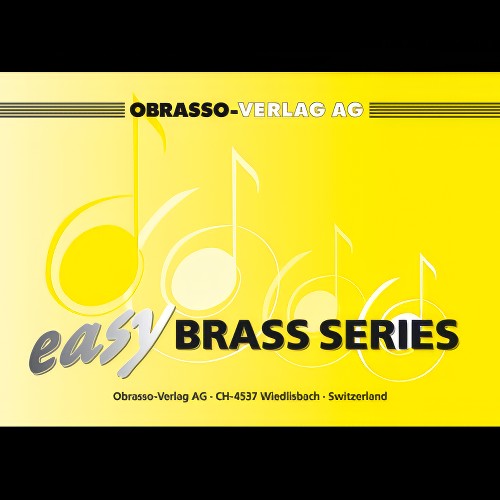 £52.40
£52.40Camptown Races (Brass Band - Score and Parts) - Foster, Stephen C. - Mabon, Cameron
Slightly reduced Brass Band instrumentation (no rep cornet, no 2nd horn, no 2nd trombone part)
Estimated dispatch 7-14 working days
-
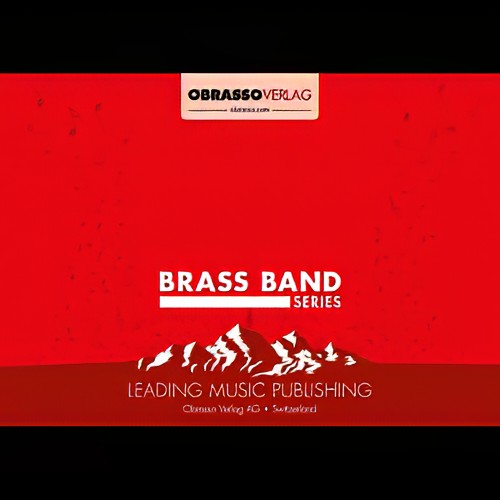 £64.50
£64.50Concerto for Two Trumpets (Piccolo Trumpet Duet with Brass Band - Score and Parts) - Vivaldi, Antonio - Lorriman, Howard
for 2 Trumpets in C
Estimated dispatch 7-14 working days
-
 £24.95
£24.95JERUSALEM (Brass Band Marchcard) - Parry, Hubert C. - Herbert, Sydney
Marchcard size. There are also arrangements available by Hanmer and Sparke
Estimated dispatch 7-14 working days
-
 £37.95
£37.95JERUSALEM (Hanmer) (Brass Band) - Parry, Hubert C. - Hanmer, Ronald
There is also an arrangement available by Sparke and a Marchcard size arrangement by Herbert available.
Estimated dispatch 7-14 working days
-
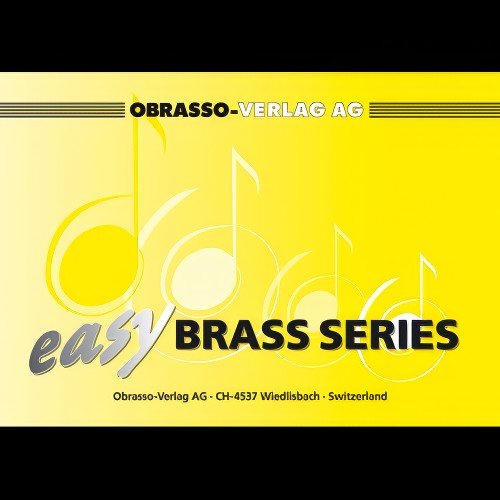 £59.70
£59.70Pop Classics (Brass Band - Score and Parts) - Woodfield, Ray
Slightly reduced Brass Band instrumentation (no rep cornet, no 2nd horn, no 2nd trombone part)Includes:Y.M.C.A.A Grovvy Kind of LoveCrocodile RockOne Moment In Time
Estimated dispatch 7-14 working days
